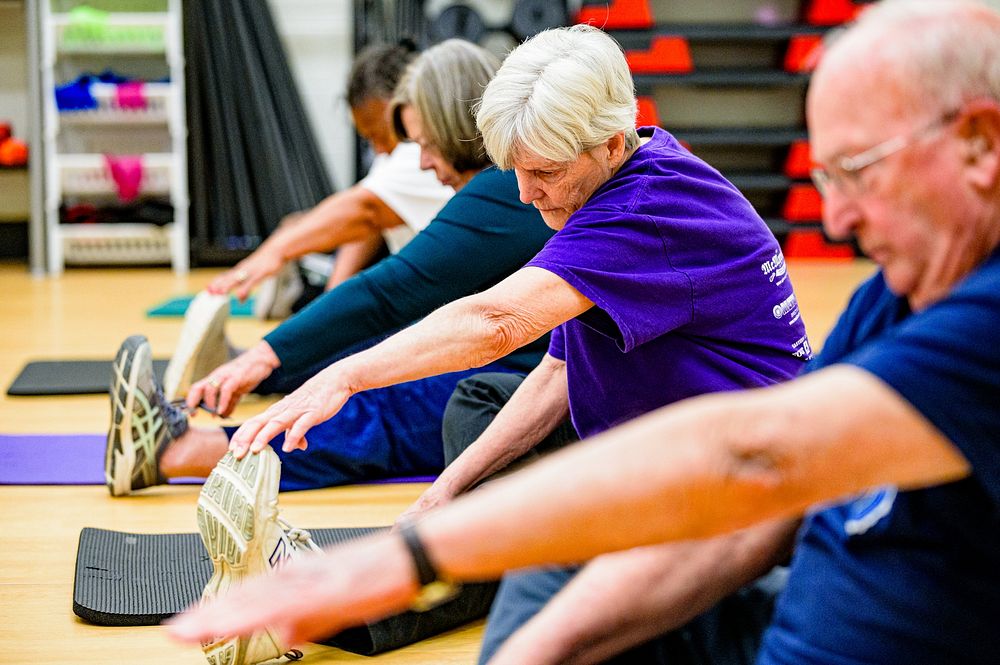A new study from Durham University finds that it’s outdated assumptions—and not a lack of interest—that often keep autistic adults from regular exercise. Focusing on people aged 36 to 59, the research team shows how little understanding among coaches, instructors and health professionals can make gyms and classes feel hostile rather than welcoming.
Researchers worked directly with autistic adults and movement professionals to co-produce their findings. They introduce the term “neuro-normative assumptions”—societal expectations about how people should move—that can exclude autistic adults at every turn. As the press release notes, “These challenges are often misunderstood, leading to a perception that autistic individuals lack interest in exercise when the issue is far more nuanced.”
Autistic adults already take part in physical activity at lower rates than the general population. That gap matters because worldwide health guidance calls for at least 150 minutes of moderate activity each week to boost heart health, strength and mood. Even smaller amounts can ease anxiety and improve sleep, the study points out.
Until now, most exercise research for autism has focused on children and teens. Meta-analyses show consistent gains in social skills, communication and behavior among young people who join supervised programs. Improvements also appear in motor coordination, executive functions and sleep—especially with sports like martial arts or team ball games. But when it comes to adults, randomized trials remain scarce, leaving coaches without clear, evidence-based methods to help people over 35. The evidence gap means practical guidance for exercise programs is thin.
To address that gap, the Durham team shaped practical, trauma-informed and neuro-affirming approaches with autistic adults. They recommend simple changes: dimmable lighting, noise control or quiet rooms, clear step-by-step instructions and visible schedules. Participants can choose solo or group formats, set their own pace, take breaks at will and select movements that feel comfortable. Coaches receive training to replace deficit-based views with consent-rich, flexible practices.
Similar Posts
“This neuro-affirming approach builds on on-going research at our Centre for Neurodiversity and Development aimed at enabling neurodivergent people to thrive in all aspects of life,” the team says. Naming authors—James McLeod, Martin Roderick, Patrick Jachyra, Mary Hanley and Deborah Riby—anchors the work in expert scholarship.
The study appears in the journal Autism (DOI 10.1177/1362361325136086). It argues that adult-centered programs can close the participation gap that leaves roughly one in a hundred children diagnosed with autism missing out on lifelong health benefits. By acknowledging past harms and building supportive programs, coaches can create spaces where every person’s needs come first.
Experts say the next step is rigorous trials to test these co-produced strategies in real-world settings. That means tracking whether sensory-safe gyms and choice-driven classes actually raise weekly activity above the 150-minute mark. It also means studying adults who face layered challenges, from women and non-binary people to those with intellectual disabilities.
For families and service providers, the takeaway is clear: exercise programs should be built around adults’ experiences, not assumptions. When participants guide every detail—from lighting level to social norms—moving well becomes possible for everyone.
Frequently Asked Questions
What does “neuro‑normative” mean in exercise programs?
It refers to common rules and expectations about how people should move, socialise, and follow routines. These defaults can make sessions hard to join for autistic adults who may need different pacing, clearer steps, or quieter spaces.
Do exercise programs help autistic adults?
Yes, activity can support health, mood, and sleep. Strong trial data exist for children and teens. Evidence for adults is growing but still limited, which is why adult‑led design and feedback are important when building programs.
Why does the 150‑minute guideline matter here?
Public health guidance recommends 150 minutes of moderate activity per week for general benefits. It is a benchmark, not a rule. Any amount helps, and safe, sensory‑aware setups make this target more realistic for many adults.
How can coaches make sessions sensory‑safe?
Use softer lighting, manage noise, offer quiet space, and give clear, step‑by‑step instructions. Keep routines predictable with visual cues. Let people choose solo or group formats and allow breaks without pressure.
What is a trauma‑informed, neuro‑affirming approach?
It respects past negative experiences, seeks consent at each step, and centers choice and comfort. It values differences, builds on strengths, and avoids deficit‑based framing during planning, coaching, and feedback.
Why focus on adults aged 36–59 in this research?
Most studies have focused on youth. Centering mid‑life adults highlights gaps in access and design for this group and brings forward lived experiences that can shape practical changes in facilities and coaching.


















